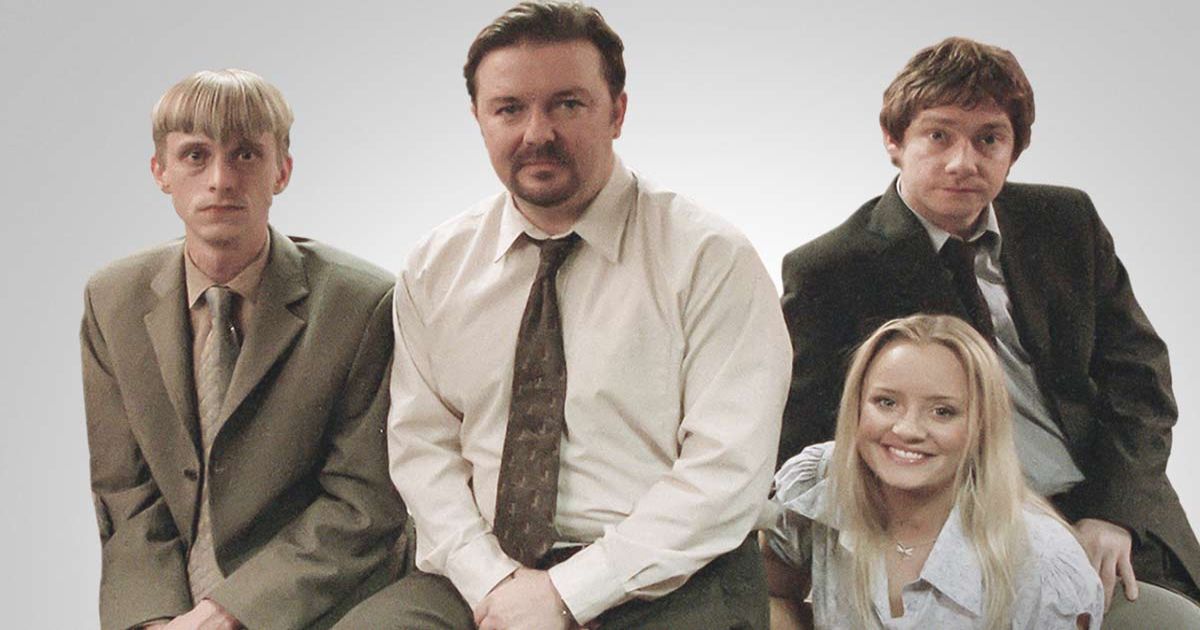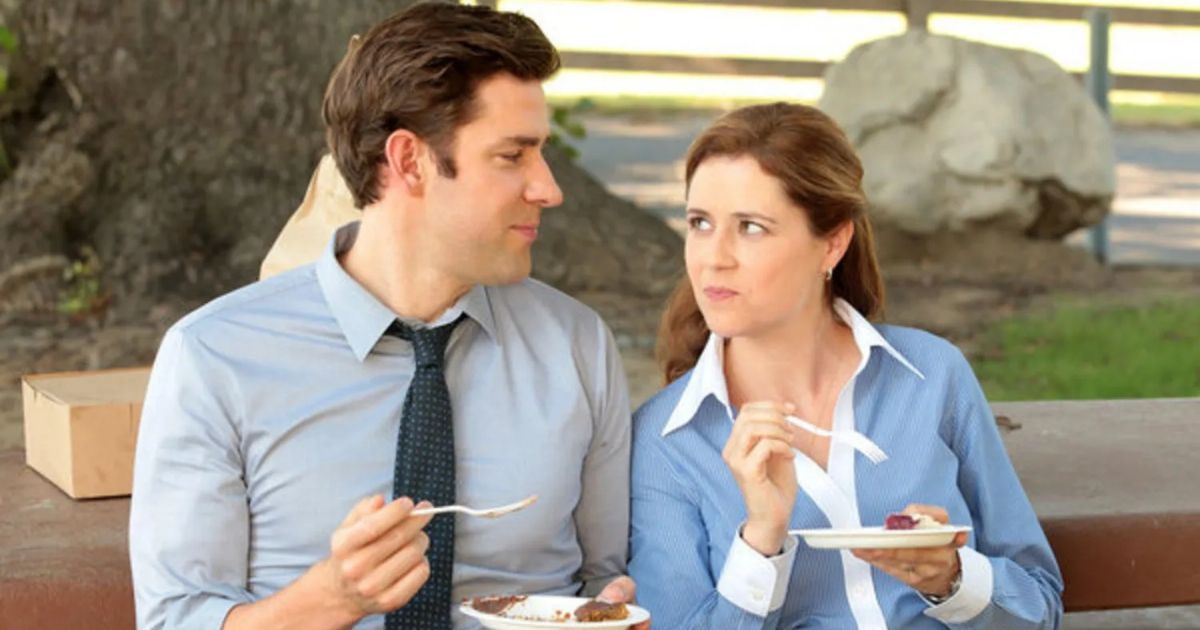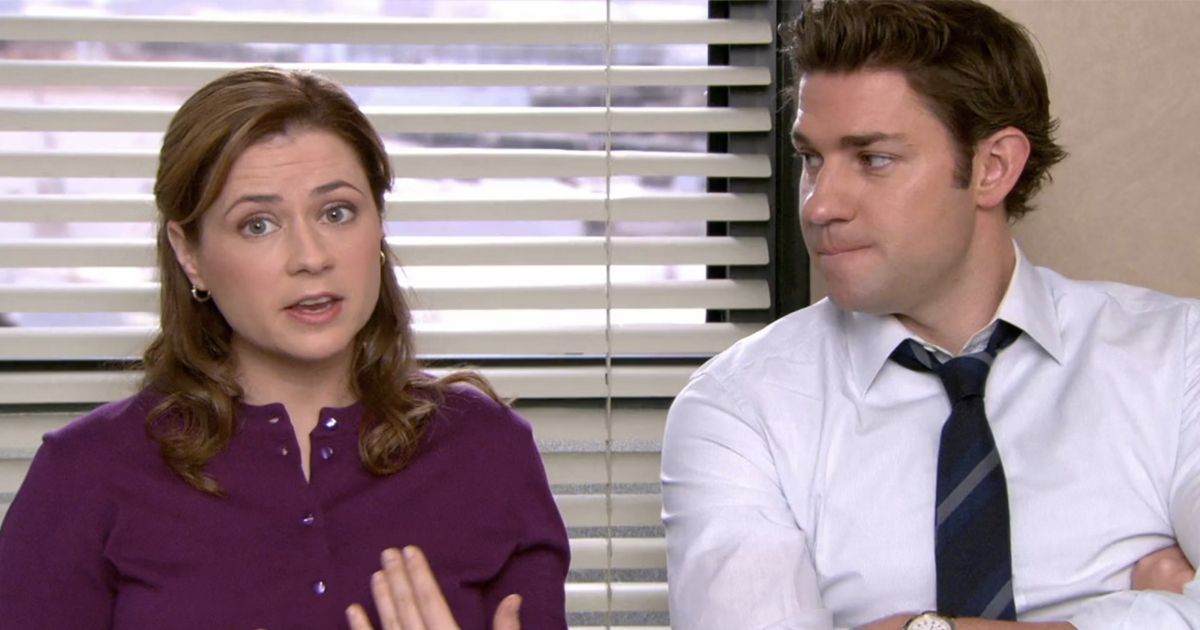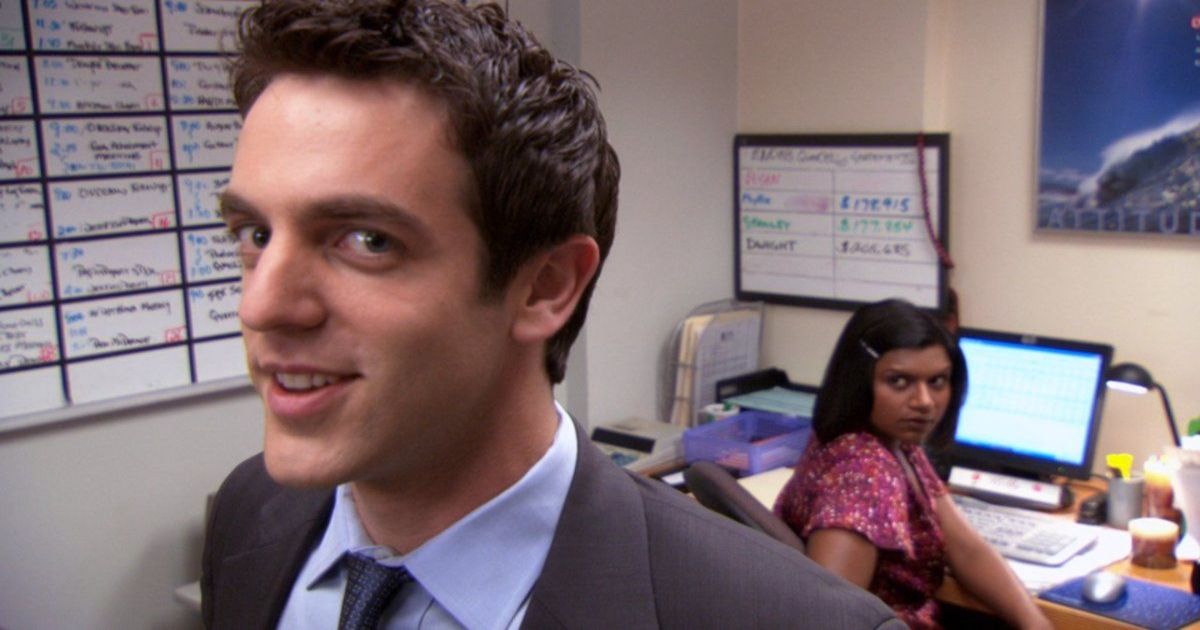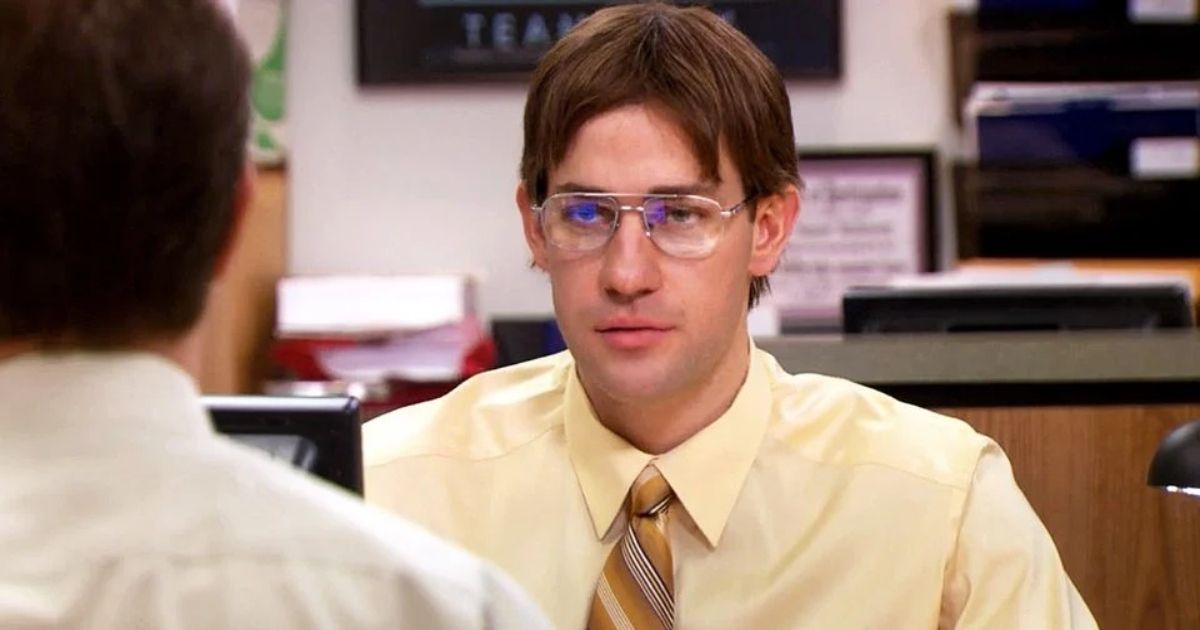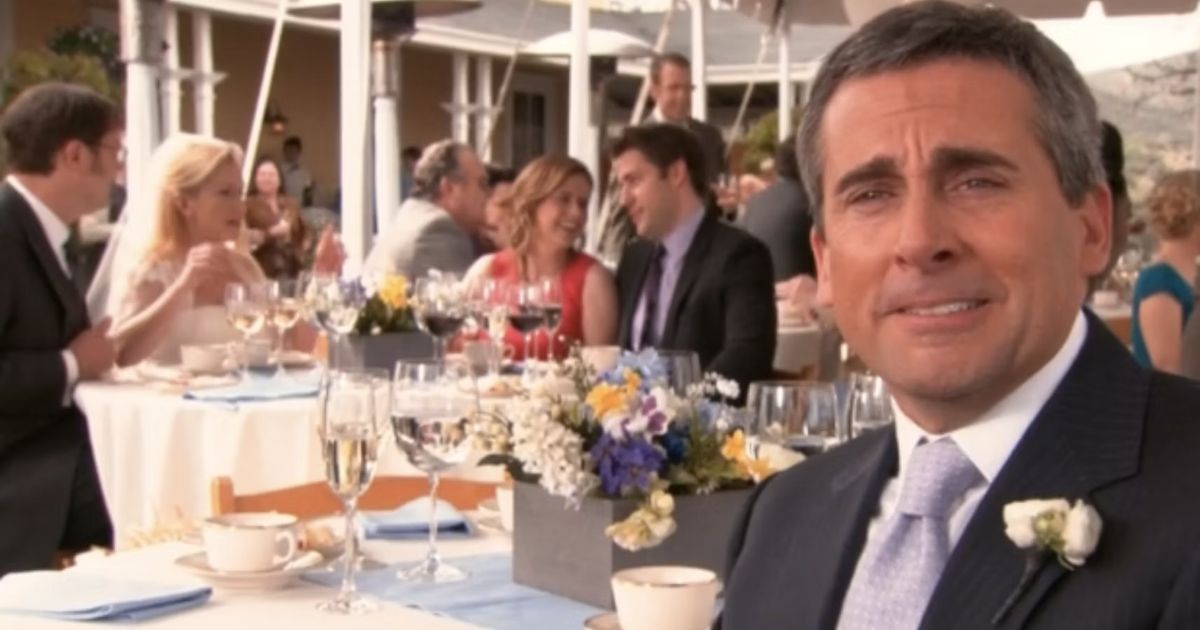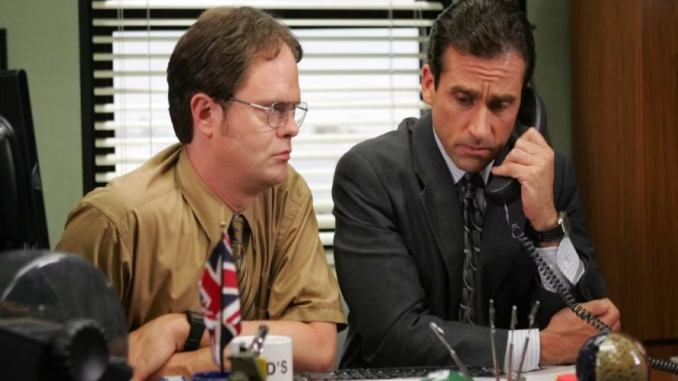
One of the most popular series to hit American television is The Office. This series was a hit, featuring amazing actors such as Steve Carell, John Krasinski, Jenna Fischer, and more. But this series was inspired by a series from the United Kingdom of the same name.
Here we are going to break down how different the two iterations of the series were from each other. We’ll be looking at character arcs, the logistics of each show, and reflecting on how each series ended. The differences between the cultures of Americans and British cultures can lead to drastically different media, and here is an excellent example of those differences.
Series Length
The first thing we need to address is the length of each series. The original incarnation of The Office ended after only two seasons (or series, as they are called in the UK), and each season was only six episodes long. The show ended because star and writer Ricky Gervais had decided that the series had already run its course, and he didn’t see any reason for it to continue.
Meanwhile, the American version of The Office would run for nine seasons and over 200 episodes, far exceeding the standard set by its predecessor. This could be attributed to the capitalistic and economic differences between cultures, with studio heads pushing to keep the highly profitable series going, even if it meant writing around the exits of high-profile stars such as Steve Carell.
Love Is in the Air
There’s one key aspect that the shows share, and that’s the burgeoning relationship between the receptionist and the salesman. Where these shows differ, however, is in how these relationships matured. Jim (Krasinski) and Pam (Fischer) would play a game of cat and mouse with each other until the end of season three, after which they would go on to have a family and support one another as they advanced their careers.
In the UK, Tim (Martin Freeman) and Dawn (Lucy Davis) would follow a similar path but, due to the transient nature of the show, would end the show being separated. It would only be in the Holiday special that the two would reunite and ultimately end up in a relationship, with their future being left ambiguous and up to the audience to imagine. Another romantic difference is that while Tim and Dawn were the only real romantic story to maintain focus, the American series shone the spotlight on couples such as Dwight (Rainn Wilson) & Angela (Angela Kinsey), Andy (Ed Helms) and Erin (Ellie Kemper), and Michael (Carell) and Holly (Amy Ryan).
Michael’s Not the Worst
Many fans of The Office would tell you that Michael, quite possibly, is the worst boss one could ever be stuck with. He constantly puts himself and his employees into uncomfortable situations and seems to have no regrets or awareness when he does. In retrospect, though, Michael is also often seen to be good-natured, usually meaning well when he interacts with his employees, with an early heart-warming moment coming when he offers to purchase one of Pam’s paintings.
By comparison, David (Gervais) is quite possibly the most unprofessional person you’d ever see as a manager. David would constantly cuss at people and behave rudely and crassly. Unlike Michael, David would be fully aware of how his actions made others feel, though he often didn’t care.
Pam’s Growth
Continuing to put a focus on Pam and Dawn, there was a significant difference between how Dawn grew versus Pam. When the UK series ended, Dawn was still a receptionist and had just begun learning to stand up for herself. Her terrible relationship with Lee (Joel Beckett) may be responsible for her feeling so insecure, but Dawn has a lot of work to do compared to how far Pam has grown.
Pam grew personally and professionally, taking significant risks and leaving her cushy job as a receptionist to join Michael and Ryan (B.J. Novak) in the Michael Scott Paper Company. Even after returning to Dunder Mifflin, Pam’s confidence helped her maintain a saleswoman position, earning her place alongside Jim and Dwight in the office hierarchy.
Budget Matters
Speaking once more to the capitalistic views commonly found in America, there was significantly more money budgeted into American production than in the UK’s version. Whereas the UK would stick to the basics, only allowing so much lateral movement in the cast so as to avoid the potential for raises, the US would see the constant shifting of the cast from recurring to main and back again, which would increase the budget allocated for the cast.
After Steve Carell’s exit from the show, the show’s popularity would lead to more budget increases, making room for the series to fill Carell’s absence with guest stars such as Will Ferrell, Catherine Tate, and James Spader. While Ricky Gervais may not have gotten the chance to engage with many such guest stars on his own show, he would get the guest star treatment himself when he made a cameo appearance on the American version of the show.
The Writers
As previously stated, Ricky Gervais was both the show’s star and one of the showrunners, alongside Stephen Merchant. Both of these men have a history of writing British comedies, and while the cultural differences make their style a bit off-putting to Americans, their writing is well-renowned in the UK, often cited as a significant reason for the UK version’s success.
Meanwhile, in the US, the writing team did not consist of the main stars and their friends but did feature many recurring characters in their composition. Most prominently would be Mindy Kaling, B.J. Novak, and Paul Lieberstein; a team that would become well-known for their supporting roles in the television series.
Jim’s Cooler Than Tim
Bringing the focus back to Jim and Tim, one can not help but notice how starkly different these salesmen are from one another. Tim has a bit of a realistic feel to him, not being cited as a cool friend, but more of a person that is looked down upon by his peers. Living with his mother and stuck in a seemingly dead-end job, the only thing Tim seems to have going for him is his romantic prospect in Dawn.
Then we look at Jim, who is more often cited as the cool guy next door archetype. While the characters’ home lives aren’t looked into too deeply, it’s believed Jim has a comfortable salary and is able to live independently. Despite Jim being single at the beginning of the series, he is always displayed as desirable. And in his professional life, the character has seen many moves, being transferred to a different branch, earning a promotion within the company, and even helping to lead his own startup company.
How They Ended
And, of course, some of the most significant shifts the shows took were in how they ended. When looking at how the UK Office series ended, they intentionally leave things slightly more open-ended. With Dawn and Tim having just begun their relationship, there’s uncertainty as to how well they will actually work together romantically, and David nearly loses his job and continuously fails at finding romance, with his moral victory coming in the form of finally telling a joke that makes his employees laugh.
In the American version, the team celebrates Dwight and Angela’s wedding, with even Michael returning for the event. We see Jim and Pam finally leaving Dunder Mifflin to move to Texas, Ryan and Kelly running away from their responsibilities to be with one another, and Stanley finally enjoying retirement. The only person who didn’t have a happy ending was Creed, who had been arrested after hiding in the office for a year.
